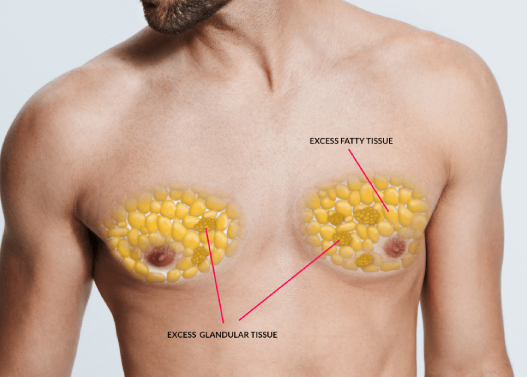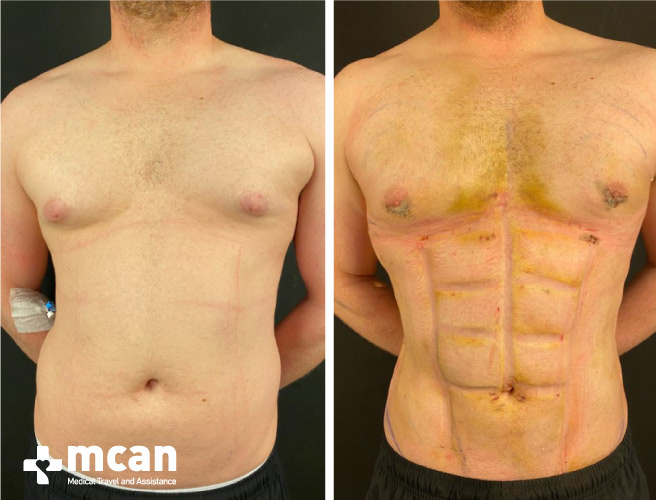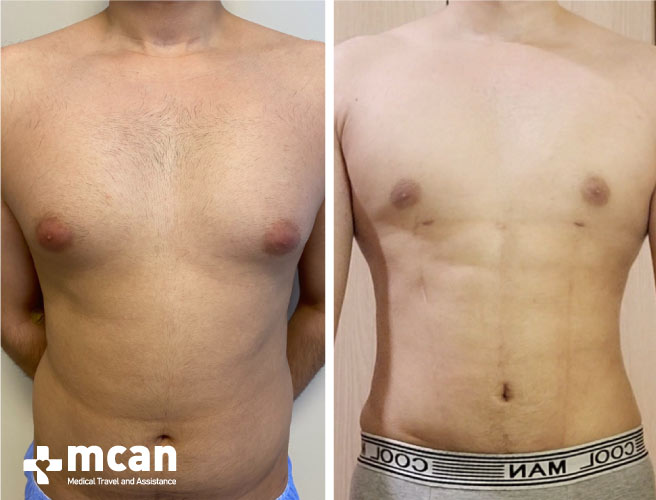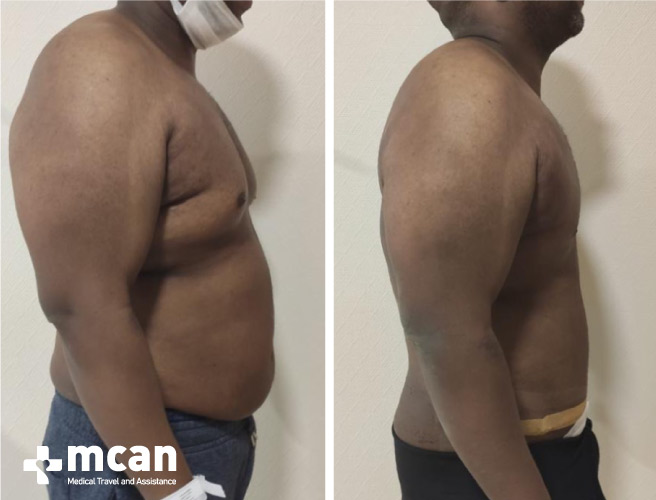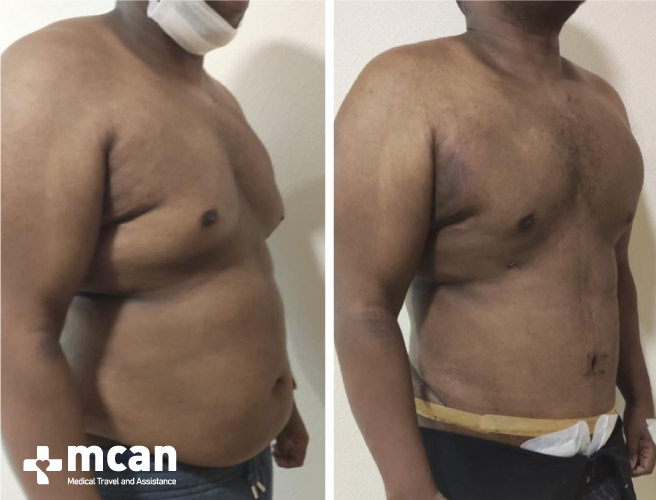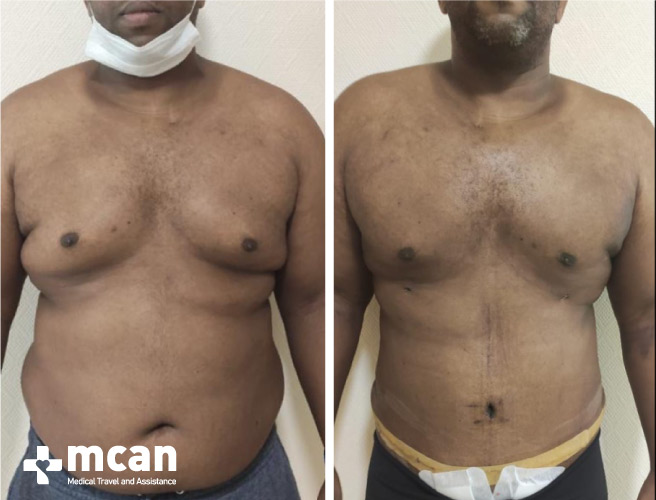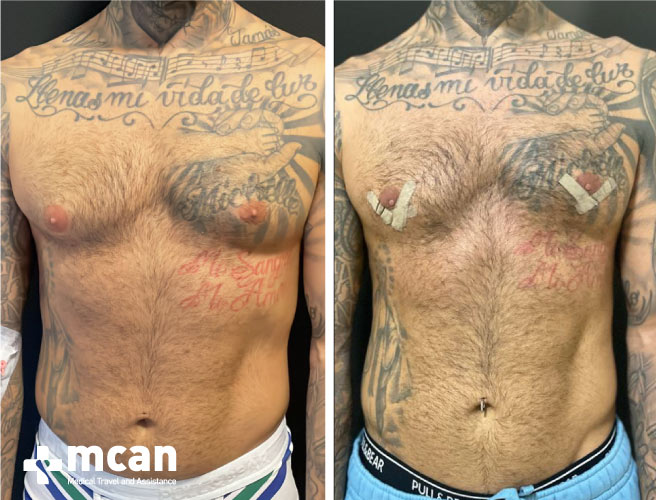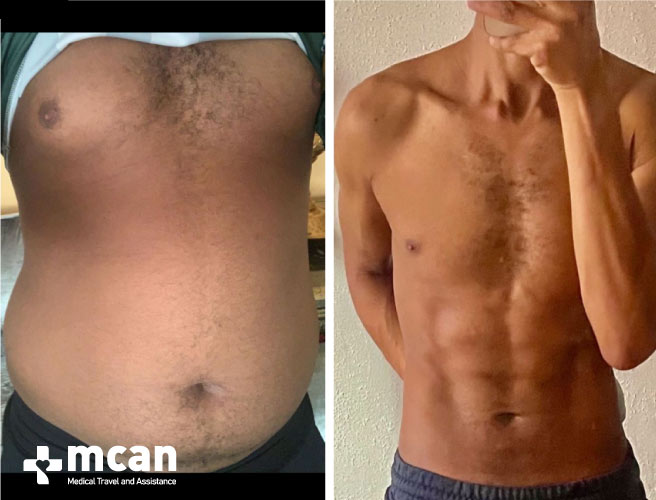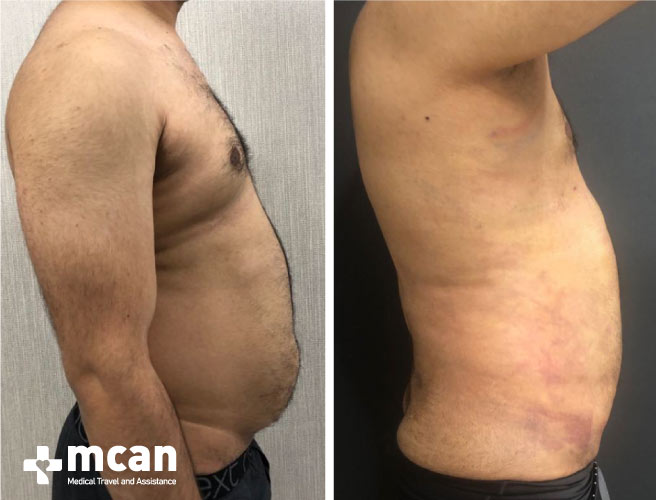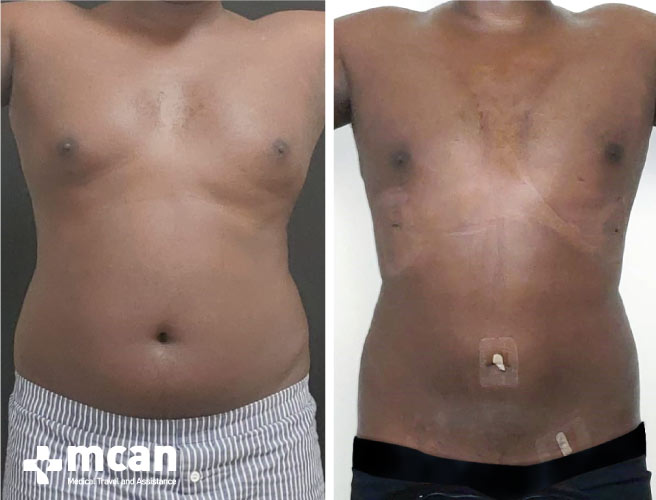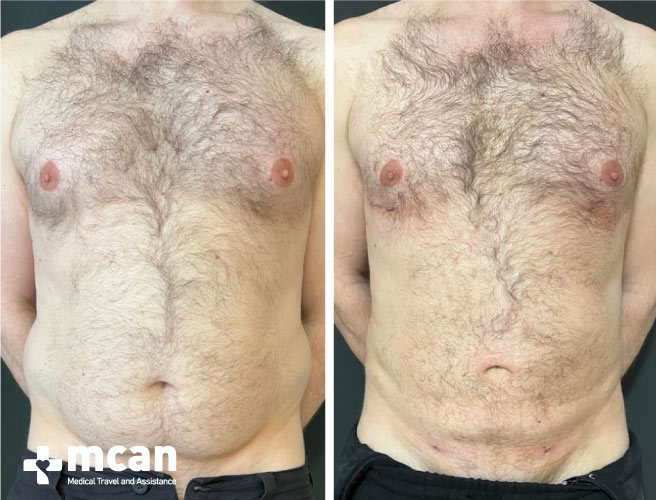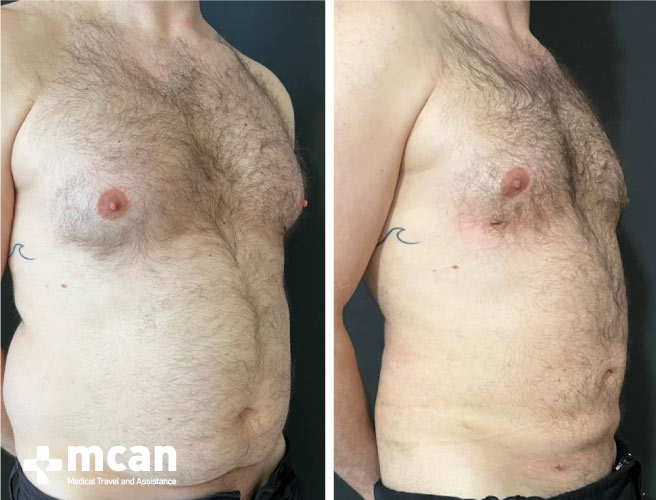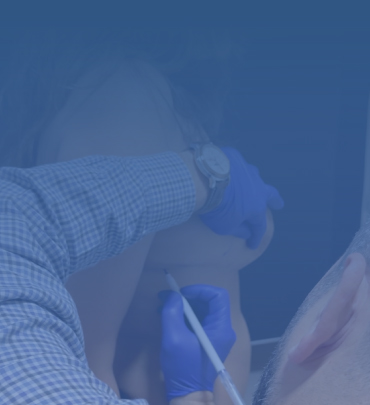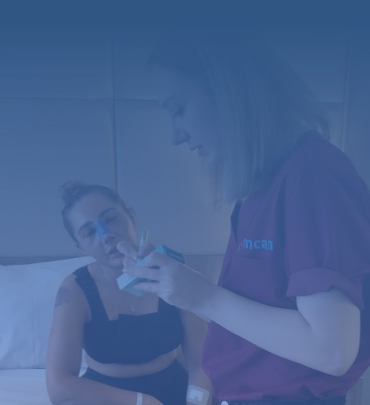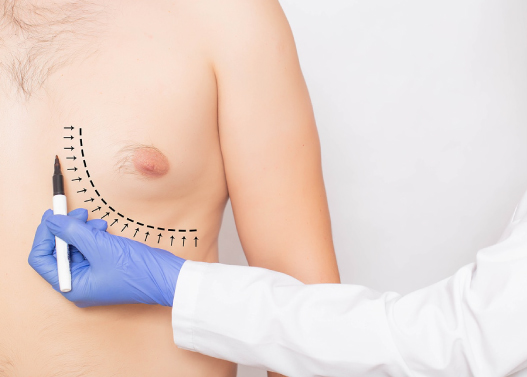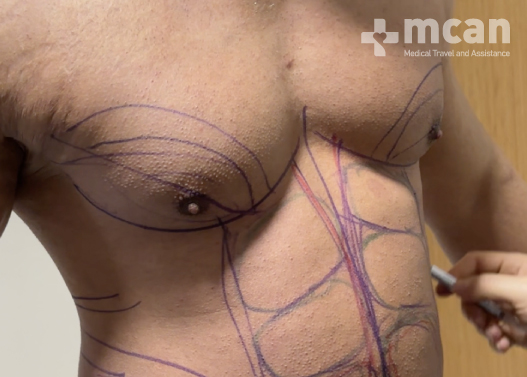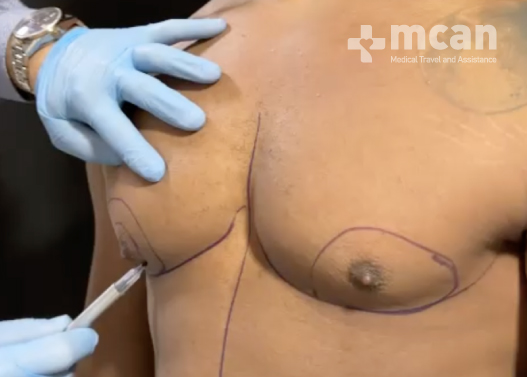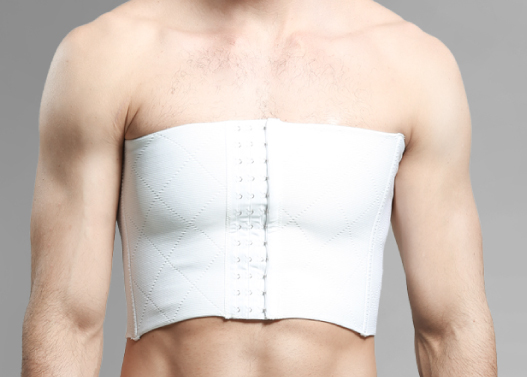Anesthesia
The procedure begins with the administration of general or local anesthesia, depending on the extent of correction needed and your surgeon’s recommendation, ensuring comfort throughout the surgery.
Incision Placement
Your surgeon will make strategically placed incisions, typically around the edge of the areola or in discreet areas of the chest, to access the underlying tissue. For cases requiring liposuction, small incisions are used to minimize visible scarring.
Tissue and Fat Removal
Excess glandular tissue, fat, or both are removed to create a more proportional chest. Liposuction may be used for fat removal, while excision techniques address glandular tissue and excess skin. This combination is ideal for achieving a smooth, natural-looking result.
Contouring and Reshaping
Once the excess tissue is removed, the remaining chest area is sculpted and reshaped to ensure symmetry and a defined contour. If needed, the areola may be reduced or repositioned for balance and proportion.
Closing the Incisions
The incisions are carefully closed with sutures or surgical adhesives. Efforts are made to minimize scarring by aligning incisions with natural chest contours.
Application of Dressings and Compression Garments
Sterile dressings are applied to protect the incision sites, and a compression garment is fitted. This garment supports the chest, reduces swelling, and helps the skin adapt to its new contours during recovery.
